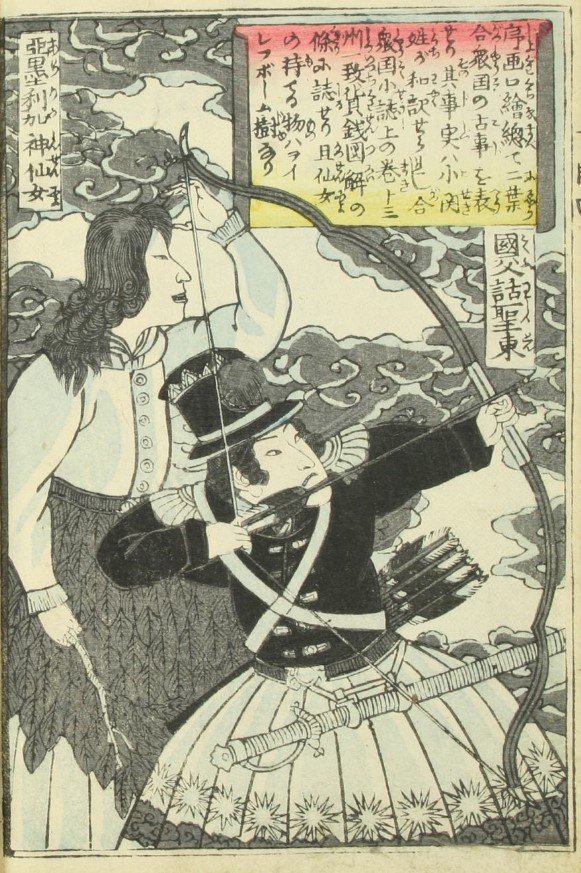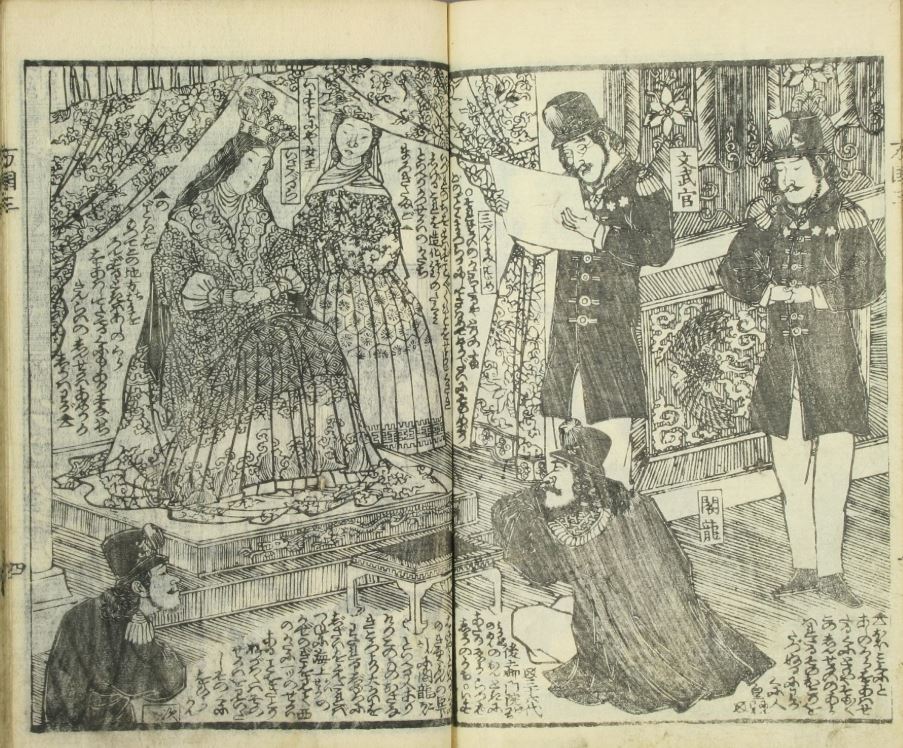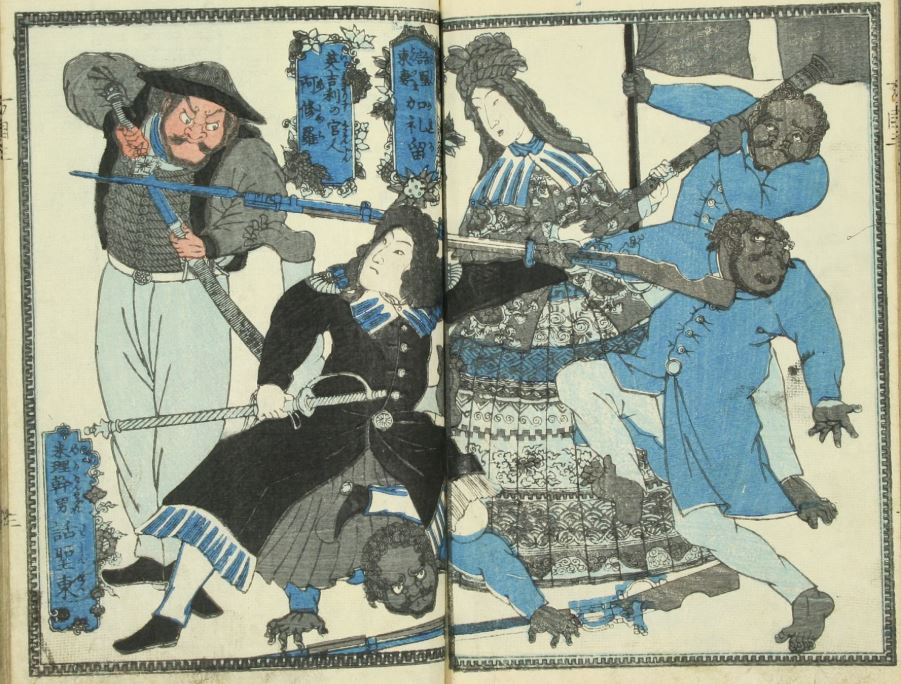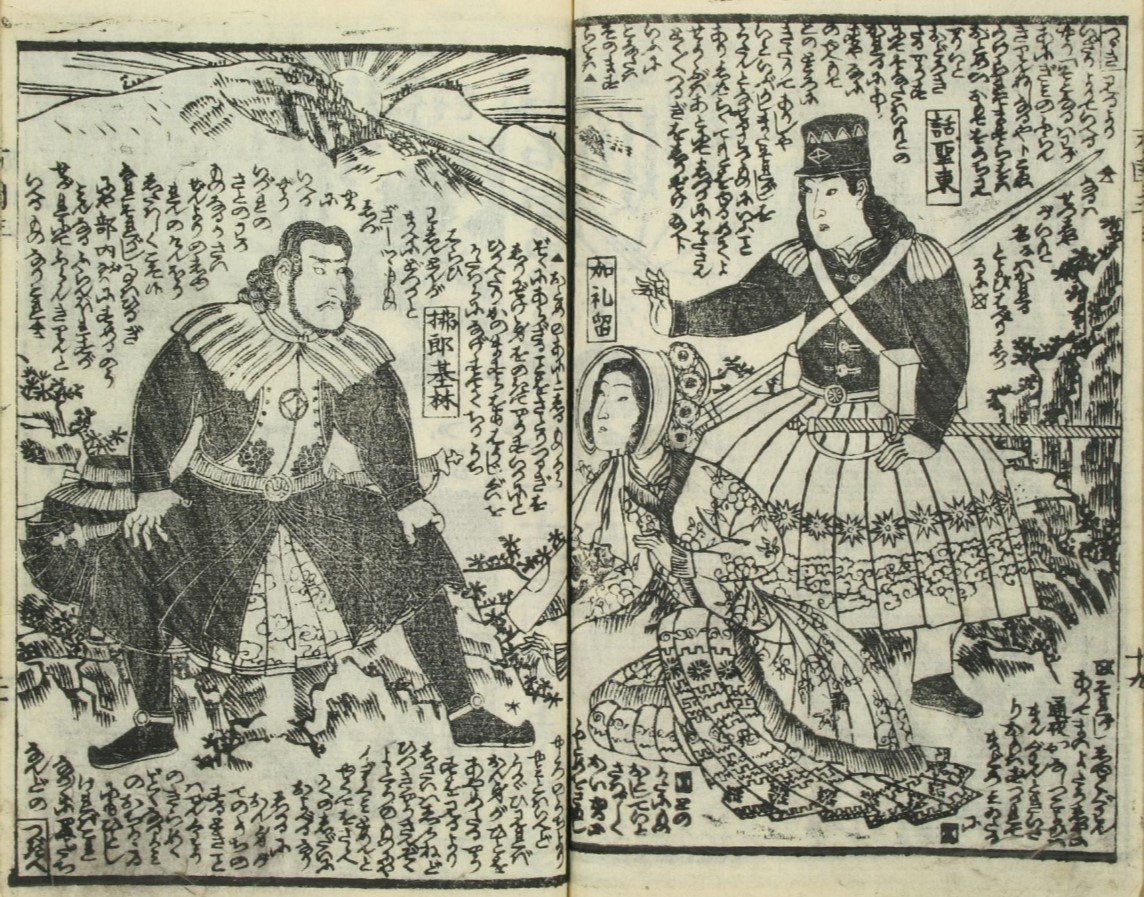3. Use sed to convert the numbers in D.txt to notes. Now you have 24 permutations of the major tetrachord in D.
So you want to generate interesting melodies.
1. Make a file called 1235.txt containing, one per line, all 24 unique permutations of the elements 1 2 3 5.
Claude Shannon made this machine to play the hex board game.
— Anosognosiogenesis (@pookleblinky) January 21, 2021
It is literally just a mesh of resistors and some light bulbs. No logic gates, no programming, nothing at all resembling AI.
Check it out: https://t.co/Zoyc9TmBcN pic.twitter.com/EANeMosPhT
3. Use sed to convert the numbers in D.txt to notes. Now you have 24 permutations of the major tetrachord in D.
Now those 24 melodic cells are divided into two groups: tension increasers and resolvers.
You now have 13 plaintext files, filled with stuff like + 1 2 5 3 and - D E F# A
33% chance a + follows a +, etc.
Now you're outputting a stream of dynamic tensions: ++-+++-+-+---+ etc
Zero AI, it's literally just some plaintext files.
8. Return to step 6, except add in a separate dice roll for whether the next cell is to stay on the same scale, or move an interval above.
E D A F#
G# C# E D#
Etc.
Try it. Like it? Reward my incredible laziness.
https://t.co/aHjAaZYHrw
Try it.
— Anosognosiogenesis (@pookleblinky) January 13, 2021
Like it? Send me some rice or coffee.
Rice: https://t.co/TRTsg6UUwh
Coffee: https://t.co/1qrALS85xo
More from Anosognosiogenesis
The US immigration act of 1907 signed by Teddy Roosevelt: ableist as hell. https://t.co/ficeXOImo5

One theory for why the Spanish flu was so unusually lethal for young people:
They hadn't lived through the previous flu pandemic of 1889-1890 (https://t.co/OiDZYtdbWx) that killed about 1 million people. And thus had no carryover immunity.
It's suspected that the 1889 pandemic was not influenza, but a coronavirus.
The 1889 virus spread rapidly, killing mostly the elderly.
The 1889 virus was the first truly modern pandemic: people knew about germs, it spread via trains, it spread at the speed of modern transportation and commerce

Today's covid denialists are tomorrow's openly eugenicist "these disabled people are a drain on society"
— Anosognosiogenesis (@pookleblinky) November 29, 2020
Literally. 13 years after the Spanish flu, the very first people the nazis targeted were disabled people.
What caused a lot of those disabilities, you think?
One theory for why the Spanish flu was so unusually lethal for young people:
They hadn't lived through the previous flu pandemic of 1889-1890 (https://t.co/OiDZYtdbWx) that killed about 1 million people. And thus had no carryover immunity.
It's suspected that the 1889 pandemic was not influenza, but a coronavirus.
The 1889 virus spread rapidly, killing mostly the elderly.
The 1889 virus was the first truly modern pandemic: people knew about germs, it spread via trains, it spread at the speed of modern transportation and commerce
So I've mentioned the sharpie test and the tueller drill.
Another reason you are dead within 1.5 seconds of encountering your first fast zombie, is adrenaline.
Most people who get attacked with a knife and survive to talk about it, say they never even knew a knife was there.
Or that they'd been stabbed, until after the fact.
In many cases, they think they'd just been punched, and are completely surprised
One reason the adage is "the winner is the one who dies in the ambulance, not the gutter," is because it's entirely possible to receive a fatal wound, not realize it, and then inflict a fatal wound on the other guy without *him* realizing it.
A dozen times within 30 seconds.
The marker drill teaches how you *will* get cut, fatally, without realizing it.
In full adrenaline freakout, this is even more pronounced.
Another reason you are dead within 1.5 seconds of encountering your first fast zombie, is adrenaline.
The Tueller Drill is interesting.https://t.co/D6p3zRRV52
— Anosognosiogenesis (@pookleblinky) December 20, 2020
Most people who get attacked with a knife and survive to talk about it, say they never even knew a knife was there.
Or that they'd been stabbed, until after the fact.
In many cases, they think they'd just been punched, and are completely surprised
One reason the adage is "the winner is the one who dies in the ambulance, not the gutter," is because it's entirely possible to receive a fatal wound, not realize it, and then inflict a fatal wound on the other guy without *him* realizing it.
A dozen times within 30 seconds.
The marker drill teaches how you *will* get cut, fatally, without realizing it.
In full adrenaline freakout, this is even more pronounced.






















